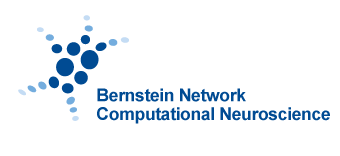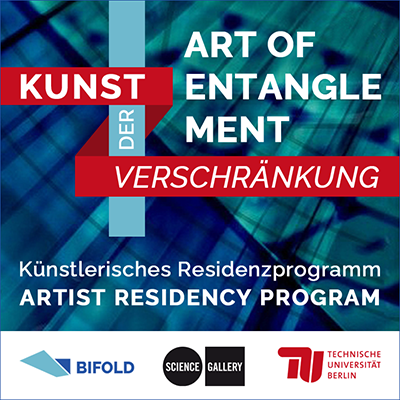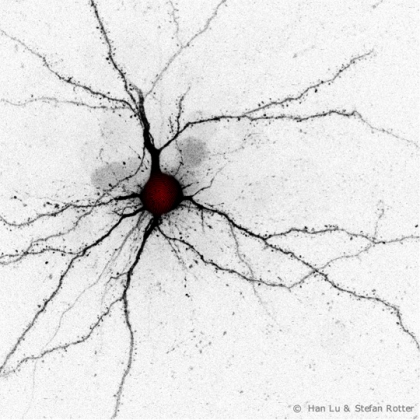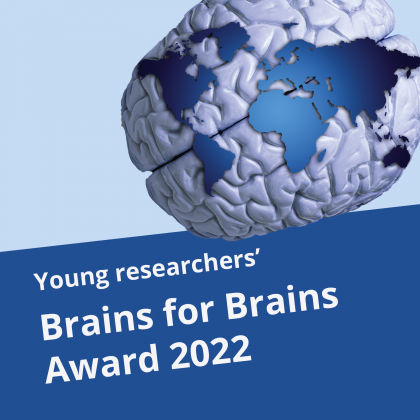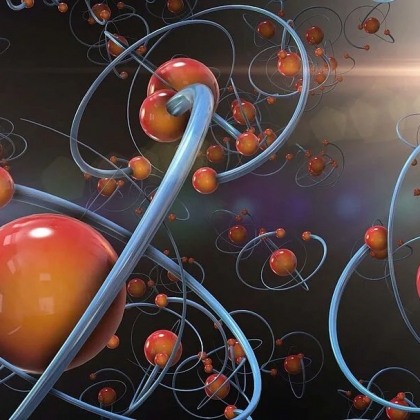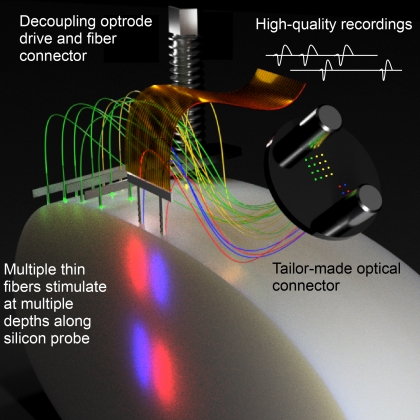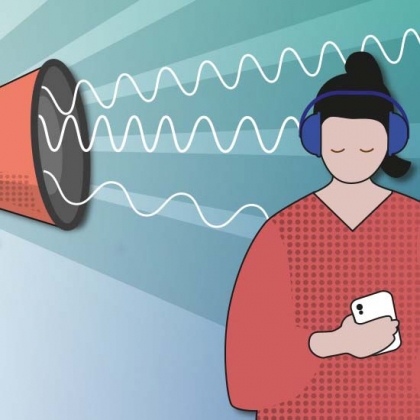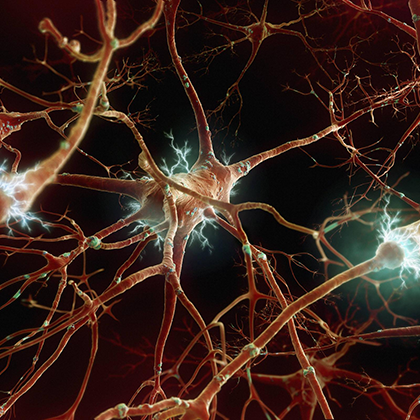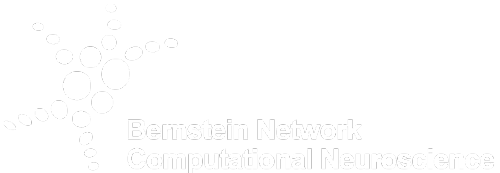Bernstein Network News. Find the latest news from our researchers regarding current research results, new research projects and initiatives as well as awards and prizes.
The Art of Entanglement
A new artist in residence program explores the interplay between AI research and art
How the brain rewires itself during learning
Researchers at the Bernstein Center in Freiburg develop a new model to understand plastic processes in the brain's networks
Brains for Brains Young Researcher Award
The Brains for Brains Young Researcher Award is directed to young scientists outside Germany who have shown their outstanding potential at a very early career stage. It is endowed with a travel grant of 2.000 € allowing a trip to the Bernstein Conference and individually planned visits to labs within the Bernstein Network Computational Neuroscience. This is one of two prizes awarded by the Bernstein Network. The aim is to spark international young researchers interest for a research career in Germany. Application deadline is April 24, 2022
Professor Dr. Julijana Gjorgjieva receives Heinz Maier-Leibnitz Price 2022
Four female and six male researchers will receive the Heinz Maier-Leibnitz Prize this year, the top award for early career investigators in Germany. This was the result of a decision made by a selection committee appointed by the DFG and the Federal Ministry of Education and Research (BMBF).
The prizes are each worth €20,000 and were handed over at a virtual event on 3 May.
Function determines form
New AI algorithm generates innovative substances on the basis of desired properties
Whether in medicine, battery research, or materials science, researchers everywhere are seeking innovative substances. In the process, they can often predict the desired chemical and physical properties in great detail, right down to atomic level. However, the range of all potential chemical compounds alone is so vast that it would take years to find the appropriate substance. An interdisciplinary research group at the Berlin Institute for the Foundations of Learning and Data (BIFOLD) at Technische Universität Berlin has now developed an algorithm which uses AI to implement inverse chemical design and thus generate targeted molecules based on their desired properties. The research group's publication titled "Inverse design of 3d molecular structures with conditional generative neural networks" has now been published in the renowned journal Nature Communications.
Better understanding communication between neurons in the brain
Researchers at the University of Freiburg develop a new method for controlled interrogation and recording of neuronal activity
Coherence turned upside down
When Marius Schneider starts his PhD at the Ernst Strüngmann Institute for Neuroscience, he would not dare to dream that the results of his first project would be published shortly afterwards in one of the leading journals in his field - and turn an established theory upside down ...
It´s the rhythm that counts
How rhythmic brain activities shape our perception
Focusing on what's important - this is one of the main tasks of our brain. After all, countless amounts of information are constantly flooding our senses. But how do we manage to separate the important from the unimportant? It has long been known that oscillatory neural activity is a key factor for this attentional selection in the mammalian brain. Scientists from the German Primate Center in Göttingen and the University of Melbourne have now investigated how this works. They found that coupling lower frequencies of oscillations with higher ones allows fine-tuning the brain and is thus the basis for higher cognitive functions, such as selective attention (Trends in Neurosciences).
Hebb’s Rule Revisited
The postulate “fire together, wire together” suggests a general mechanism of synaptic plasticity, which is thought to underly network wiring and cell assembly formation. In a new study published in PLOS Computational Biology, three researchers at the Bernstein Center Freiburg shed new light on this process, which is fundamental for robust brain function.
Breathing: the master clock of the sleeping brain
LMU neuroscientists have shown that breathing coordinates neuronal activity throughout the brain while sleeping and resting.
